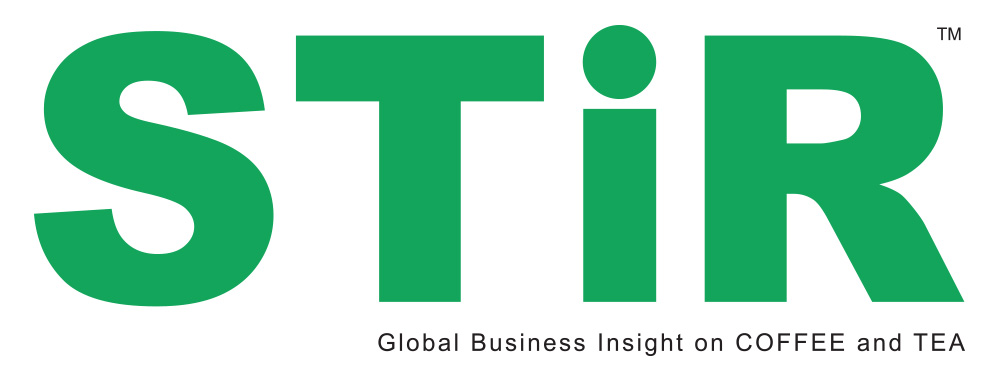
Instant India
Choladi Factory
A global leader in tea solubles, India is paving a path to better tasting instant tea at Nestle’s Choladi factory
CHOLADI, Tamil Nadu
By Dan Bolton
Green and black tea solubles made at the Choladi factory begin their journey to the bottle unlike other teas in the world.
This is because of the unique combination of climate, cultivar, and careful cultivation that makes Choladi one of Nestlé’s top tea solubles suppliers.
“Teas here are more flavorful and astringent and cuppage is greater, requiring a smaller dose per cup,” explains Pankaj Agarwal, exports manager for Nestlé India Ltd. “The unique terroir gives our green teas among the highest levels of catechins found anywhere in the world, especially EGCG (epigallocatechin gallate),” he said.
Plants do not possess an immune system common to animals. To survive they erect biochemical defenses against bacteria, diseases, UV rays, and pests. These same chemicals when ingested help humans defend against similar assaults. Pests find chemicals like caffeine and catechins (especially EGCG) distasteful while humans enjoy the flavor and lift they bring. Concentrations of EGCG can go as high as 14% during certain times of the year, according to Agarwal.
Teas here are hand-picked to provide uniform leaf quality “with strict checks to ensure that only tender leaves and buds are collected.” Leaves are quickly processed into green tea without drying to preserve the catechins. This makes the resulting tea powders suitable for a large number of applications from flavoring ice cream to use in cosmetics, confectionery, pharmaceuticals, and in making instant tea. Black tea processed at Choladi is primarily sold for use in making beverage products like 3-in-1 premixes and flavored hot teas.
“There is a lot of stress on quality and compliance right from the farming stage where we provide inputs on good agri practices, conduct in-house farmer training, and perform audits on pesticide usage,” said Agarwal. “In addition all our instant tea grades are regularly monitored at labs in Germany and Italy for levels of contaminants, he said.
Processing consists of creating a tea slurry followed by extraction. The mix is then evaporated and spray dried, resulting in soluble tea powder. The tea powder is then packed into bags of various sizes according to the customer’s needs.
Solubles are an important segment of India’s tea production.
Agarwal estimates production capacity between 7,000 and 8,000 metric tons, and around 4,000 tons of exports.
The majority of India’s tea (89%) is CTC (cut, tear, curl) manufactured for tea bags and sachets. The remainder is orthodox. Solubles manufacturing generates significant “value-added” revenue.
Global demand for tea solubles is expected to be 50,000 to 60,000 MT, he said.
Teas used to make functional and ready-to-drink tea are best suited for export as domestic demand is light. The major manufacturers such as Nestlé India, Unilever, Tata tea, Goodricke, and AV Thomas—all look to Asia, the US and Russia for customers.
India exports solubles to 23 countries but “China has emerged as the biggest consumer for instant tea in the last few years,” said Agarwal. China imported 4.37 million kilos of Indian tea in 2015 (CTC and solubles), which was 21% higher than 2014. Sales slowed this year.
“Since 2008 instant tea has been the driving force in the Chinese tea market, increasing sales by $1.7 billion and accounting for 92% of Asia-Pacific’s instant tea sales,” according to Euromonitor beverages analyst Dana La Mendola.
The market there consists almost entirely of instant milk teas that replicate the sweet flavors of street-side stalls, kiosks, and cafés.
In Russia, where 94% of the population drinks tea, growth stagnated in 2015 at a retail volume of 180,000 metric tons, according to Euromonitor. A shift toward mid-priced and economy tea has impacted India exports. In 2015-16 the Russian federation imported a combined 46 million kilos of tea from India generating $99 million in trade.
Australia is a growing market for instant but there the preference is for chai lattes, according to La Mendola.
Beginning in 2009 sales of instant chai has increased as much as 24% per year (2012) largely among females from 20 to 40 years of age. Chai sells there for an average price of $1 per serving.




